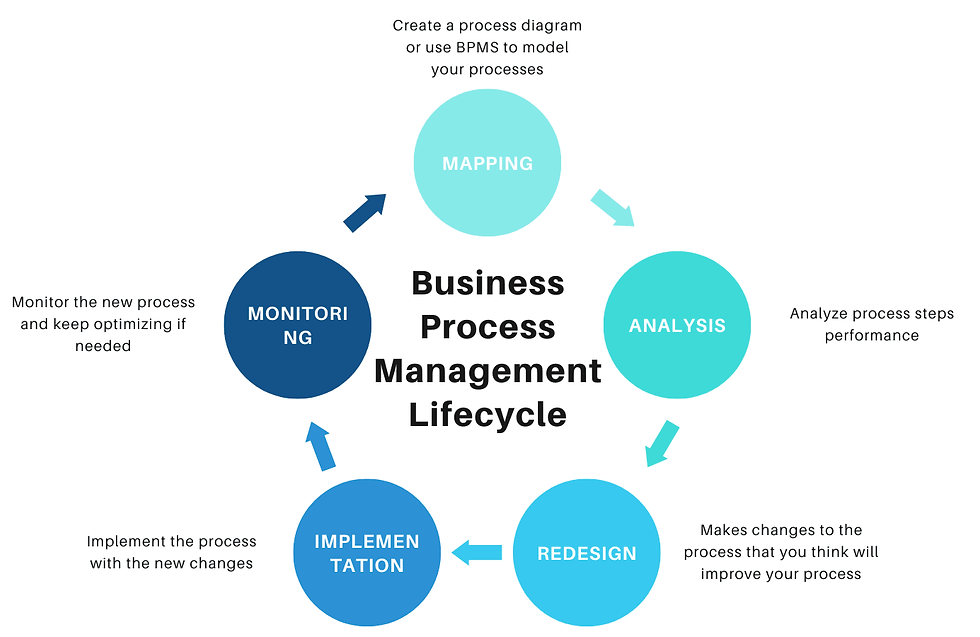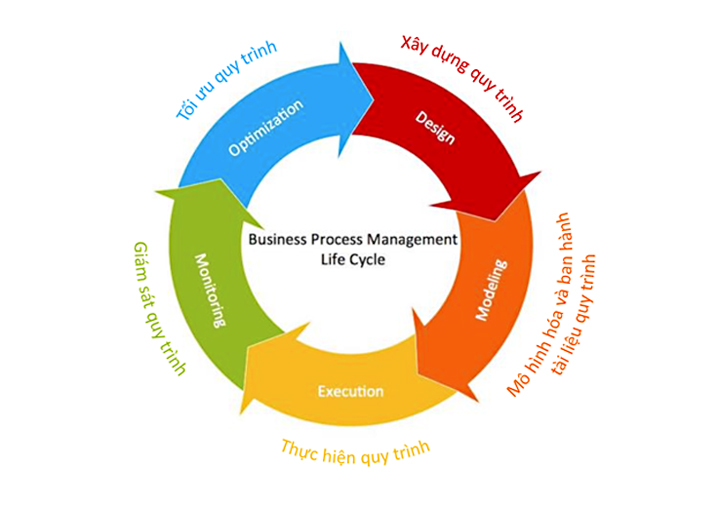5 Proven Techniques to Resolve Bottleneck Issues in Your Business
- sandyarsenaulttech
- Dec 9, 2024
- 2 min read
Bottlenecks can significantly hinder a business's productivity, leading to delays, increased costs, and decreased customer satisfaction. Identifying and addressing bottlenecks is essential for maintaining smooth operations and achieving business goals. In this blog, we’ll explore five proven techniques to resolve bottleneck issues in your business effectively.

1. Conduct a Thorough Workflow Analysis
Understanding your workflow is the first step to identifying bottlenecks. Analyze every process in your operations to pinpoint where delays occur.
Use tools: Leverage workflow management software to visualize processes. Tools like flowcharts and Gantt charts can highlight problem areas.
Engage teams: Collaborate with team members to gain insights into recurring issues and their root causes.
By identifying bottlenecks early, you can focus on targeted solutions that address the root problem.
2. Prioritize Tasks and Optimize Workloads
Inefficient task prioritization often leads to bottlenecks. Overburdened employees or teams may struggle to meet deadlines, causing delays.
Implement task prioritization systems: Use frameworks like the Eisenhower Matrix to categorize tasks by urgency and importance.
Distribute workloads: Ensure tasks are evenly distributed among team members to avoid overloading individuals.
A balanced workload ensures tasks move seamlessly through your processes without unnecessary delays.
3. Automate Repetitive Processes
Manual tasks often create bottlenecks, especially when they involve repetitive processes. Automation can streamline these tasks, saving time and reducing errors.
Adopt automation tools: Use software for tasks like data entry, inventory management, and customer support.
Integrate systems: Ensure your automation tools work seamlessly across departments to eliminate manual handoffs.
Automation not only resolves existing bottlenecks but also prevents future ones by maintaining consistency and speed.
4. Enhance Communication and Collaboration
Poor communication is a common cause of bottlenecks. Misunderstandings or delayed information sharing can bring processes to a halt.
Use collaboration tools: Platforms like Slack, Trello, or Microsoft Teams facilitate real-time communication and task management.
Standardize communication protocols: Set clear guidelines for sharing updates, reporting issues, and escalating problems.
Streamlined communication ensures all stakeholders remain on the same page, reducing delays caused by miscommunication.
5. Continuously Monitor and Adapt
Bottlenecks may shift as your business evolves. Continuous monitoring and adaptation are essential to maintaining efficient workflows.
Track performance metrics: Monitor key performance indicators (KPIs) to detect potential bottlenecks before they escalate.
Seek feedback: Regularly consult your team for insights on workflow improvements.
Iterate solutions: Adapt processes based on data and feedback to prevent recurring issues.
A proactive approach to monitoring ensures long-term efficiency and adaptability to changing business needs.
Conclusion
Resolving bottleneck issues requires a combination of analysis, strategic planning, and continuous improvement. By conducting workflow analysis, optimizing workloads, leveraging automation, improving communication, and monitoring processes, businesses can eliminate bottlenecks and achieve operational excellence.
Implement these proven techniques in your business to experience smoother operations, improved productivity, and enhanced customer satisfaction. A streamlined workflow isn’t just about resolving current issues but also about building a resilient system that adapts to future challenges.
SITES WE SUPPORT
SOCIAL LINKS



Comments